
IndyGo says COVID-19 will delay planned route improvements
COVID-19-related driver shortages, among other factors, mean that route improvements planned for June now won’t happen until 2021.

COVID-19-related driver shortages, among other factors, mean that route improvements planned for June now won’t happen until 2021.
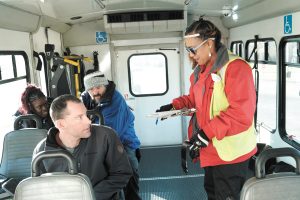
IndyGo says the vendor it hired to operate its reservation-based transit service for disabled riders isn’t meeting expectations.

The new payment system IndyGo has paid Paris-based tech firm Flowbird Group to design and implement will not be ready by Oct. 1, the day riders were to start paying for Red Line service.
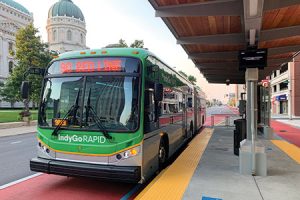
The city’s first bus rapid-transit line is up and running, but public-transportation advocates are just getting started—and they’re hoping the next mayor of Indianapolis is on board.
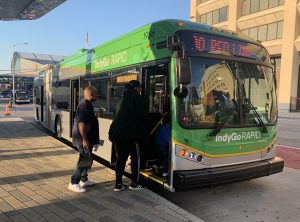
IndyGo says riders took about 8,200 trips on the Red Line on Sunday, the first day the bus rapid transit line was in service.
As Amtrak prepares to end its Hoosier State train service from Indianapolis and Chicago, New York City-based startup Our Bus sees an opportunity to launch its own route.
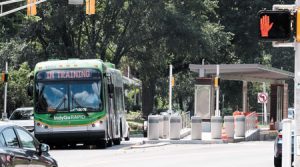
IndyGo has big expectations for the bus rapid transit route—including a 69% increase in ridership along the north-south corridor by this time next year.
The first phase of IndyGo’s bus rapid transit project, the Red Line, remains on schedule for a Sept. 1 debut.

The transit system has hit some speed bumps as it works to implement a new model of electric bus that will be its fleet for the Red Line, the rapid-transit route that begins service Labor Day weekend.
IBJ reporter Susan Orr talks with host Mason King about how Indy’s weather is contributing to the problem, what IndyGo wants BYD to do about it and what other city got so fed up it sent its buses back to the company.

IndyGo says the electric buses it intends to use on the Red Line have been unable to run the 275 miles on a single charge that was promised by manufacturer BYD Ltd.
The goal is to preserve or spur development of 1,000 affordable housing units within close distance of an Indianapolis transit stop over the next five years.
Speeding up construction is expected to shave four months off the 13-mile bus line project.
The Indianapolis company, formed in 2009, makes apps that allow users to track buses in real time and hail rides on demand. It is merging with Ride Systems LLC to gain more users and build market share.
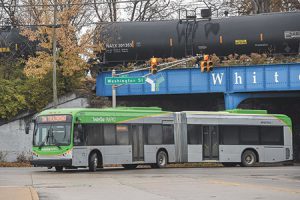
IndyGo and bus maker BYD Ltd. say they’re confident the electric buses Indianapolis plans to use for the Red Line will meet the system’s needs.

The city of Albuquerque, New Mexico, says it has discovered serious structural and safety problems with the same model of electric bus IndyGo plans to use for the Red Line.

IndyGo has already begun employee training and performance testing for the vehicles. One key question is whether the vehicles will achieve the expected range of 275 miles per charge.
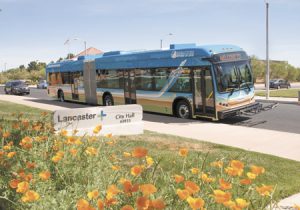
IndyGo is expected to back off plans to purchase electric buses this year to replace the mass-transit system’s older diesel fleet, saying electric-vehicle technology is not yet good enough to meet its needs.
The federal funding will cover most of the $96.3 million first phase of the Red Line, a proposed 13.1-mile bus route that will run between East 66th Street in Broad Ripple and the University of Indianapolis, with 28 stops along the way.
City leaders will collaborate with officials from 21 other major municipalities to share best practices with a focus on creating transportation hubs and reshaping the use of right-of-way and curb space.